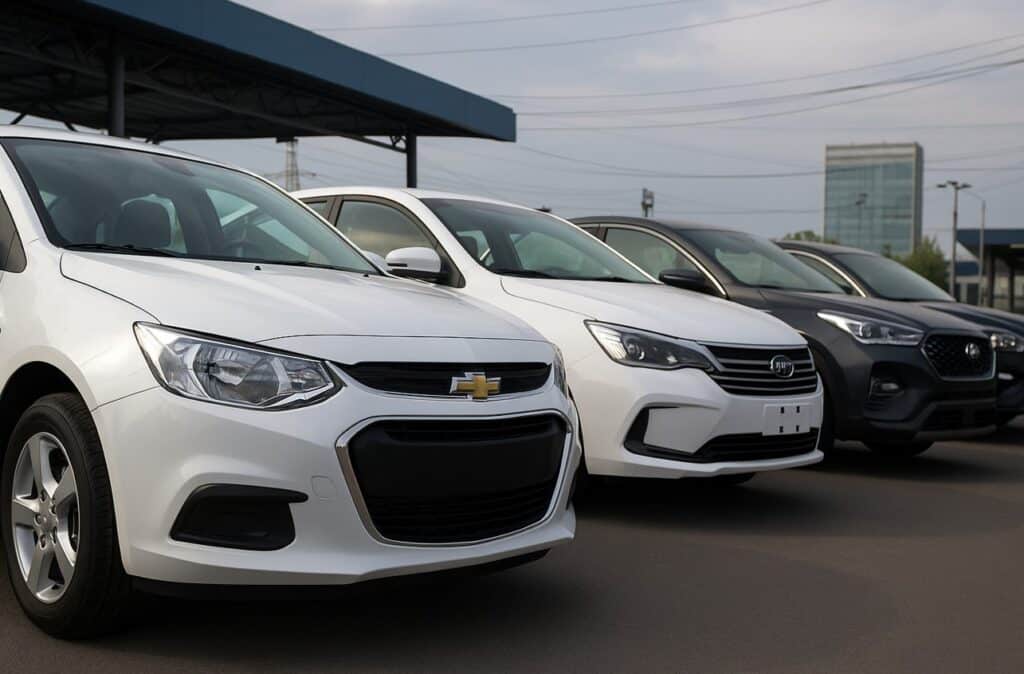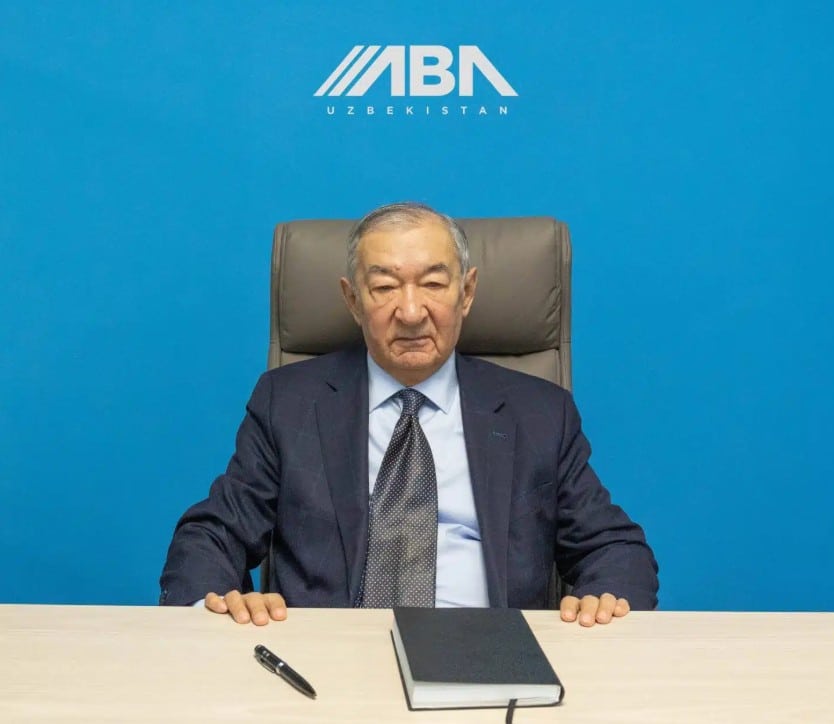
The automotive industry remains one of the most capital-intensive, and most protected, sectors in the world. Why is it becoming harder for developing countries to launch their own car manufacturing? And how can Uzbekistan navigate the global obstacles along the way?
Shukhrat Yusupov, Chairman of the Uzbekistan Automotive Business Association and an expert in industrial policy, shares his insights with Kursiv Uzbekistan.
Market Overview: From Monopoly to Competition
– Mr. Yusupov, how would you describe the current state of Uzbekistan’s auto market? What are the main key trends?
— For a long time, the market was closed and effectively monopolised by UzAuto Motors. High tariffs and excise duties limited imports and suppressed competition. While this protected the domestic producer, it also slowed development and reduced consumer choice.
Today, things are changing. The market is gradually liberalising and new players are emerging. Currently, three manufacturers are active: UzAuto, ADM Jizzakh and BYD. The latter two have already mastered full-cycle production, spurring localisation and sector growth.
New brands such as Chery, Haval and KIA have entered the market. For the first time in years, consumers have real options. The main trends now are intensifying competition, technological renewal, and a shift toward local production. Challenges remain, but the direction is set.

Electric Vehicles: Rising Interest, Infrastructure Gaps
– How do you assess the outlook for electric vehicles (EVs) in Uzbekistan? Is the country ready in terms of infrastructure and regulation?
— The prospects are very promising. In the first four months of 2025 alone, nearly 10,000 EVs were imported, with preliminary midyear totals reaching around 28,000 — up 60% from the same period in 2024.
Infrastructure, however, remains underdeveloped. While Tashkent has some charging stations, most owners charge at home, especially in private houses. Apartment dwellers often improvise with solutions like extension cords from balconies.
There are no legal obstacles; import incentives exist, though direct subsidies have yet to be introduced. The main uncertainty lies in battery life. Manufacturers promise 7–10 years, but mass usage here has only lasted 2–3 years.
Since the battery and electronics account for up to 60% of an EV’s cost, repairs are extremely expensive, which dampens consumer demand. Still, interest in EVs continues to grow, particularly as fuel prices rise.
Competition with China and Local Risks
– What major challenges do market participants face today? How is the association addressing them?
— The biggest issue right now is the aggressive expansion of Chinese automakers. Thanks to massive production volumes, over 35–40 mln units annually, and efficient logistics, China offers significantly cheaper cars. We simply can’t match those economies of scale, so our production costs are higher.
This creates pricing pressure. UzAuto Motors has recorded a sales decline of over 10% for the second consecutive year. Only certain models like the Cobalt and Damas are holding up; others are losing ground to growing competition.
There are also external challenges. For example, new standards like Euro 7 could significantly increase production costs and complicate certification. It’s not always clear whether such reforms genuinely benefit the environment, especially after the Volkswagen emissions scandal. That’s why reforms must be carefully weighed.
We’ve contributed proposals for a draft government resolution on the sector’s future. Our stance is: the market should be partially open, with reasonable protections for domestic manufacturers. Not overly liberalised, but not entirely closed, either.
Why Cars Remain Expensive for Uzbeks
– How affordable are cars for the average Uzbek consumer today?
— It’s a complex issue. Four or five years ago, Uzbekistan had 83 cars per 1,000 people. Now it’s over 100. That’s growth, but we still lag behind neighbours, Kyrgyzstan, for example, has over 220 per 1,000.
The difference comes down to customs policy. For years, we imposed high import barriers, especially on used vehicles. Kyrgyzstan did not, and received large volumes of affordable cars from Japan, Korea and Europe. Yes, their fleet is older, but more accessible.
Also, we still lack truly national car models developed from scratch. That makes local production dependent on foreign technology and limits pricing flexibility.
That said, more affordable and practical models are emerging, especially in the entry-level segment. For first-time drivers, the priority isn’t luxury but value. And that’s where producers should focus.
What Kind of Auto Industry Does Uzbekistan Need?
– What do you see as the future of Uzbekistan’s auto industry over the next five years?
— These coming years will be transitional. The main goal is to move from basic assembly to building engineering and design capabilities. Without a national brand or platform, a full-fledged auto industry is impossible.
We’re not expecting giant leaps. But gradually, as South Korea and China did, we can develop our own models. Those countries also began with license-based production and then moved to their own vehicles. We can do the same, provided we invest in engineering education and a strong auto parts market.
Demand for reliable, budget-friendly cars will continue to grow, especially in the regions. But manufacturers must focus on simple, everyday solutions, not excessive features.
At the same time, we must maintain the inflow of foreign brands and technologies. Only fair competition can ensure sustainable growth. The government’s role is to moderate: not to shut the market off, but not to surrender it entirely either.

